Placemaking Postcards is a blog series from the Bass Center for Transformative Placemaking at Brookings where policymakers and practitioners guest-author promising placemaking efforts from across the U.S. and abroad that foster connected, vibrant, and inclusive communities. In line with the principle tenets of placemaking, the goal of the series is to recognize the community as the expert, highlight voices from the field, and to create a community of learning and practice around transformative placemaking.
The rise, decline, and ongoing revitalization of U.S. cities in many ways embodies the country’s economic, political, and cultural history. In the first half of the 20th century, downtown cores became central economic and social hubs, promoting economic prosperity, human interaction, and civic and cultural development. However, by the mid-20th century, new infrastructure investments, coupled with the advent of the automobile, housing and land use policies, and the changing demands of industry led to suburbanization and “white flight.” As populations and jobs moved away from downtowns, many core urban areas were left behind. Only recently have cities come back, attracting increased job and population growth due to ongoing demand for walkable, amenity-rich neighborhoods.
This story is exemplified in the United States, but it is not unique to its cities. Halfway across the globe, Seoul, the capital city of the Republic of Korea, has been writing and rewriting its own similar narrative.
During the post-Korean War period in the 1960s, downtown Seoul was at the heart of rapid economic growth and urbanization. But as new business districts emerged in Gangnam and Yeouido (the southern parts of Seoul) in the 1980s, Seoul’s downtown core saw a significant population and business decline. While some pockets of downtown have experienced a revival in recent years, its old industrial districts are still struggling to regain economic vitality.
Over the past five years, the Seoul Metropolitan Government (SMG)’s Historic City Center Regeneration Division has been working to spread a downtown revival to more areas by taking a place-based approach to reinvigorating struggling manufacturing districts. At the heart of this effort is the ‘re:Sewoon Project,’ which aptly translates to “rebuild.”
The Sewoon Sangga district: From demolition to inclusive regeneration
A core aspect of the re:Sewoon Project is taking place in the Sewoon Sangga district, a historic industrial district formed after the Korean War. In 1967, the district opened in the heart of downtown as Korea’s first mixed-use complex, comprised of eight buildings and thousands of small shops, factories, and housing units. During its heyday in the 1970s, it was a hub of electronics businesses and the city’s premier shopping and residential destination.
But the glory days wouldn’t last long. From the 1980s to 2000s, Seoul’s old industrial districts, including where Sewoon Sangga is located, experienced significant urban blight and decline. The goods that many engineers and merchants in those districts specialized in—such as electronics, sound equipment, and computer parts—were instead being assembled through mass production. Consequently, the competitiveness of the Sewoon’s engineers and small businesses declined, while the rise of multinational corporations and the advent of e-commerce further threatened Sewoon’s existence. According to the Seoul Open Data Plaza, from 2010 to 2015, 75% of the businesses in the Sewoon Sangga district witnessed decreases in sales.
In the face of these trends, previous Seoul mayors considered demolishing the Sewoon Sangga district entirely. These plans were met with strong resistance from existing businesses and surrounding communities who feared displacement and gentrification. Through numerous hearings, in which community members expressed their distrust and dismay towards the government’s development efforts, the city eventually listened to community stakeholders and looked for ways to establish a more inclusive decision making process and to reinvigorate the district while preventing unwanted displacement and gentrification.
Seeing the potential of creative urban manufacturing, SMG decided in 2014 to resurrect Sewoon Sangga by taking an inclusive approach. It organized the re:Sewoon Project around three pillars designed to foster inclusive and sustainable growth: 1) improving walkability, 2) revitalizing innovative manufacturing industry, and 3) empowering community.
Improving walkability by regenerating pedestrian decks and public spaces
SMG recognized how essential walkability and accessible public spaces are for bringing people and businesses back to struggling districts. While keeping its distinctive history and atmosphere, the city renovated dilapidated parts of the district’s seven buildings and reconnected a pedestrian deck, which had been dismantled since 2005 when SMG restored the Cheonggyecheon stream, so that more people could easily access and move around within the Sewoon district. SMG also created more public spaces, such as Sewoon Plaza and Sewoon Rooftop, so that people can hold events or simply lounge and play.
Since reopening in 2017, Sewoon Rooftop has been used for many events and filming, and the number of visitors to the Sewoon Sangga district has tripled. Thanks to increased foot traffic, stores are seeing more customers, and the number of vacant units has decreased from 30 to 18. Renovating the pedestrian decks and public spaces was indeed an essential part of bringing foot traffic and life back to Sewoon Sangga.
Revitalizing the industrial ecosystem to meet the needs of a changing economy
When it comes to fostering and sustaining inclusive economic growth, redesigning physical infrastructure can only take an area so far. It is the people who live and work in a place that are the real assets and architects of its growth.
With a rich network of craftspeople and stores, the re:Sewoon Project aims to rebuild and diversify the market ecosystem of the Sewoon Sangga district, while also leveraging the potential of its craftspeople and well-connected supplier network. The re:Sewoon Project’s approach to reinvigorating its urban manufacturing industry is twofold:
- First, it provides affordable incubator spaces, called Sewoon Living Lab and Sewoon Makers’ Cube, where young entrepreneurs, designers, and makers can test their ideas and eventually launch their own projects or startups. As of September 2018, 19 startups and project teams moved into the Makers’ Cubes, representing industries such as robotics and CNC manufacturing.
- Second, it facilitates new opportunities for innovation by partnering with anchor institutions, such as Fab Lab Seoul and University of Seoul Sewoon Campus. These institutions not only help provide training and educational programs to current and new business owners, students, and engineers, but they also bridge the generation gap and encourage more collaboration between innovative ideas and long-accumulated skills. In addition, re:Sewoon Support Center—a governing body of re:Sewoon Project—is poised to help existing business owners and residents by identifying opportunities and connecting them to other industries for collaboration.
These efforts to support entrepreneurship and skill building are paying off: Since its reopening in 2017, about 100 new businesses have launched in the district.
Rebuilding community capacity through ongoing engagement
For this project to be sustainable, people who already live and work in the district must be supported as active partners in revitalization efforts. As a first step, SMG engaged with local stakeholders and residents in the planning and decision making process throughout 17 briefing sessions, 270 interviews, and 29 forums. Based on what they learned, SMG helped form two local committees to support community capacity building. One is re:Sewoon Citizens Committee, an advisory group comprised of tenants, local residents, and experts in a variety of fields including culture, arts, architecture, and industry. The Committee members meet regularly to discuss ways to maintain and enhance ongoing revitalization efforts.
The other group is a cooperative union, called Suri Cooperative Association, which supports knowledge sharing and capacity building among Sewoon Sangga businesses, and connects craftspeople and engineers to new customers through its online platform. Together, these two organizations are encouraging community members to participate in the decision making process and help them have their business needs met.
Sewoon Sangga may not look as picturesque as other urban renewal projects, such as New York’s Hudson Yards. Yet, in a city where history and innovation are valued, the district is becoming a place where old and new blend in harmony, fostering inclusive economic growth. Through its place-based approach to revitalization—in which connectivity is enhanced, local skills are supported, entrepreneurship is encouraged, and community stakeholders have a central voice in ongoing revitalization efforts—Sewoon Sangga has become a prime example for rebuilding districts in a holistic and inclusive way.
Photo credit: Seoul Metropolitan Government
The Brookings Institution is committed to quality, independence, and impact.
We are supported by a diverse array of funders. In line with our values and policies, each Brookings publication represents the sole views of its author(s).
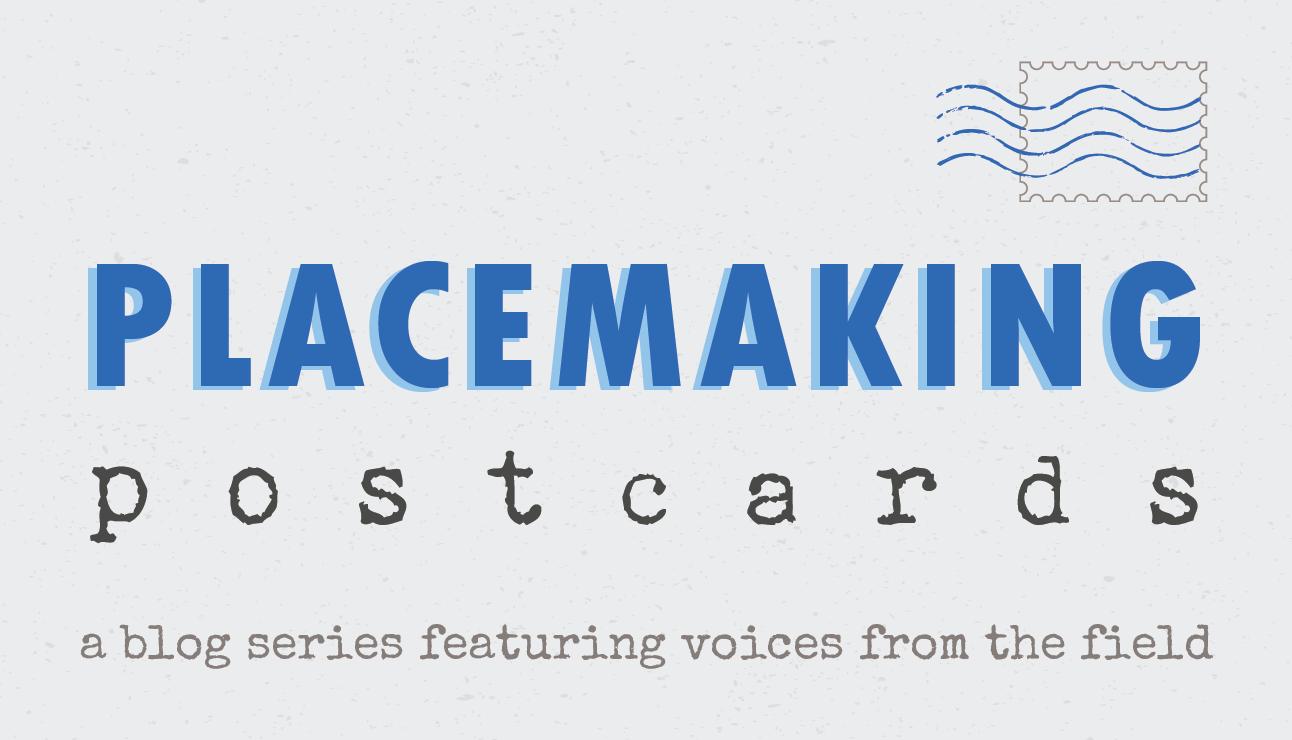

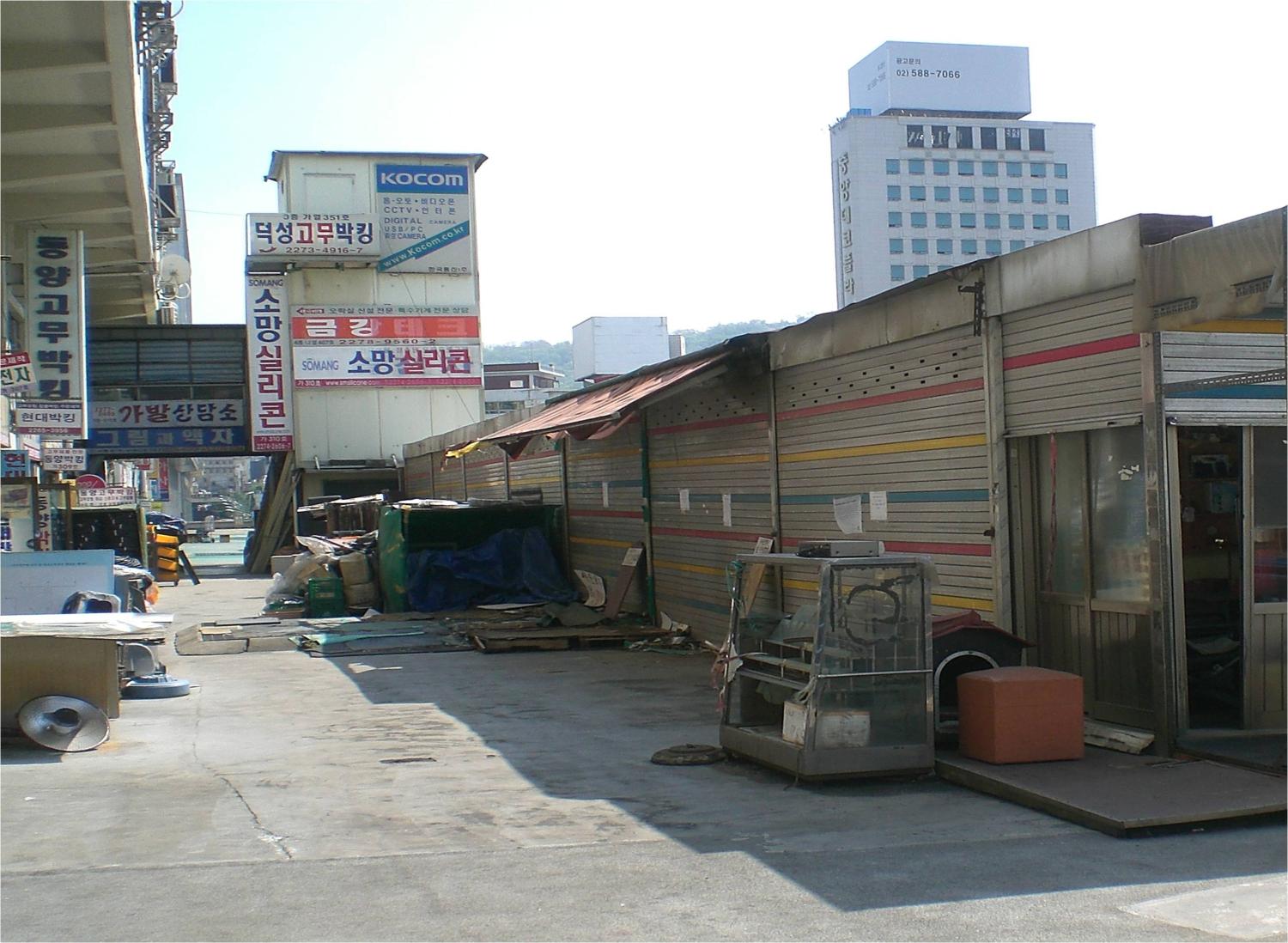
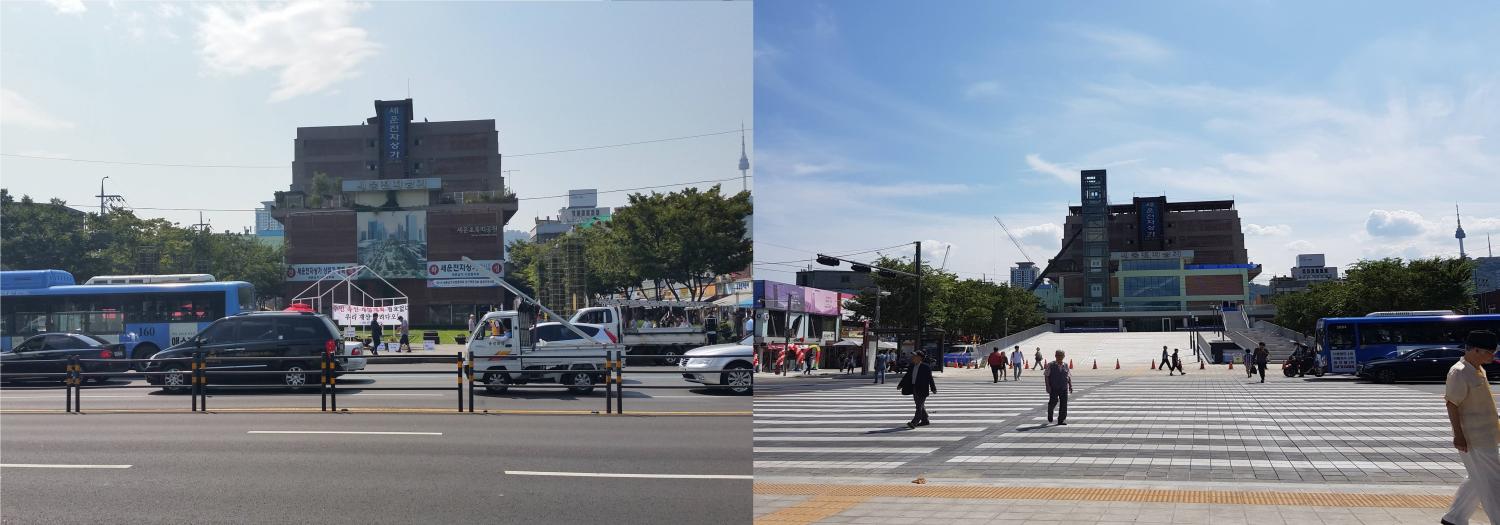
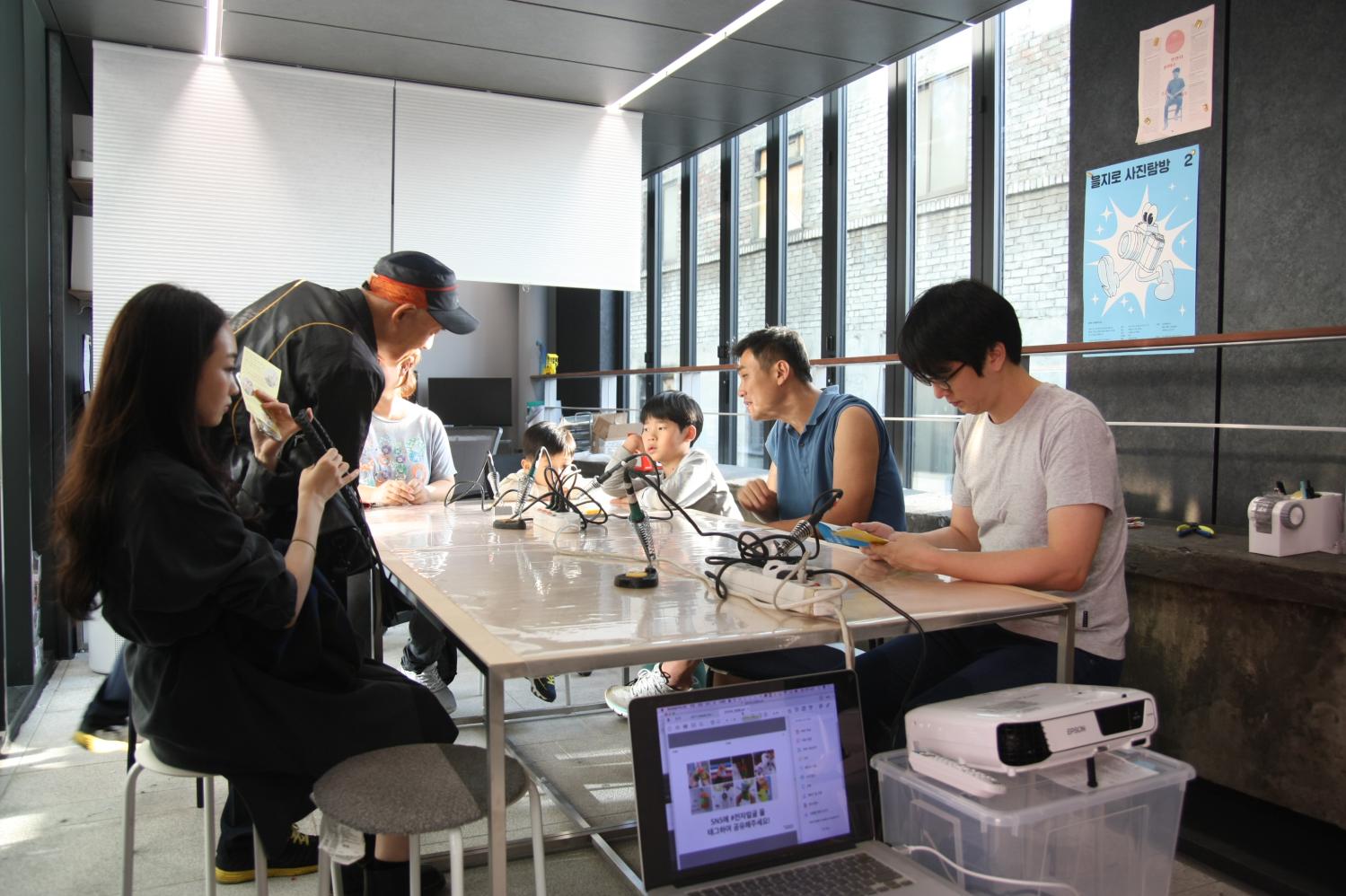
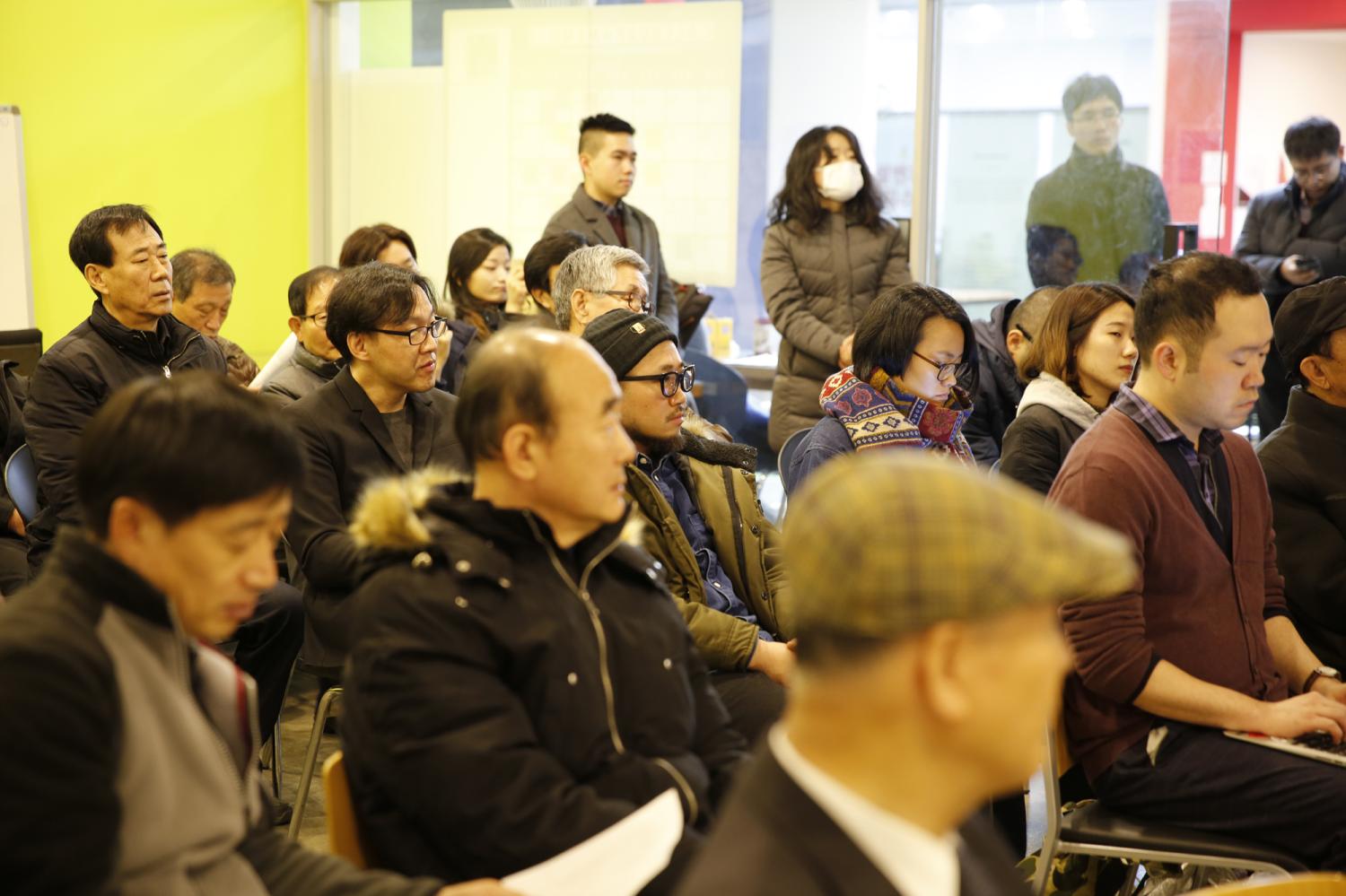
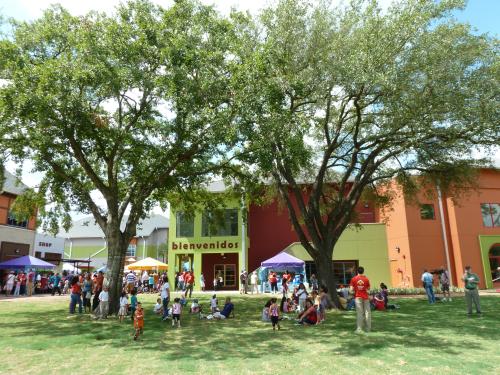

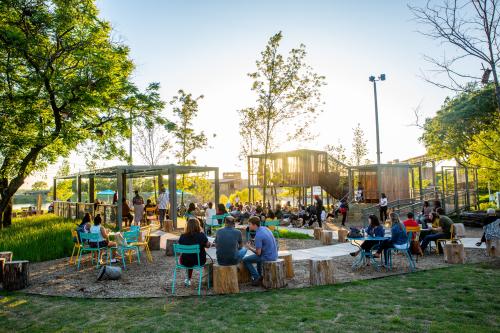
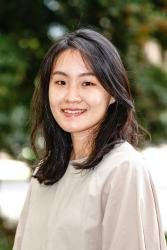
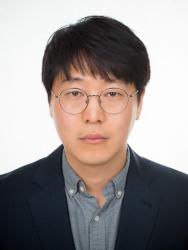
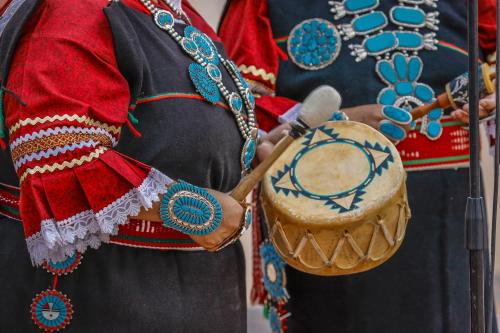


Commentary
How Seoul, South Korea is reviving an old downtown district while preserving its history
October 24, 2019